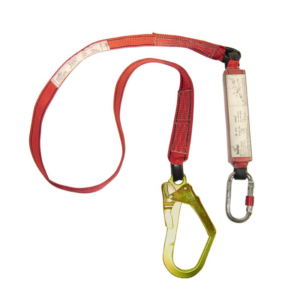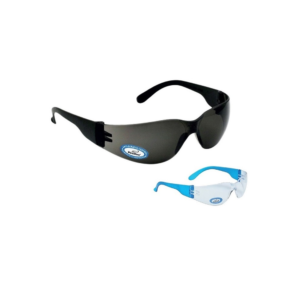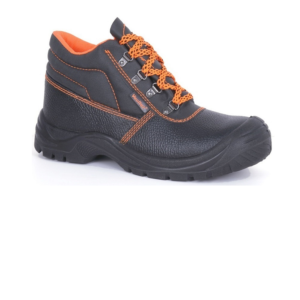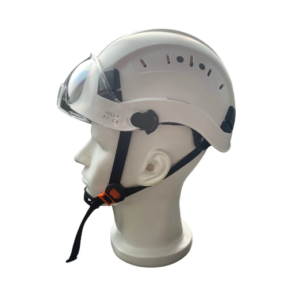American safety products play a pivotal role in ensuring workplace safety standards in the UAE, leveraging stringent American regulatory frameworks and innovative technologies. These products encompass a diverse array of categories, including personal protective equipment (PPE), industrial safety gear, fire safety equipment, and environmental protection tools. Each category is meticulously designed to mitigate workplace hazards effectively, adhering to high-quality standards set by agencies like OSHA and NFPA. In the UAE's dynamic industrial landscape, American safety products are renowned for their reliability and compliance with international safety norms. They cater to various sectors such as construction, oil and gas, manufacturing, healthcare, hospitality, and more, addressing specific safety challenges unique to each industry. This broad applicability underscores their versatility and capability to safeguard workers against physical, chemical, and environmental risks. Moreover, suppliers of American safety products in the UAE ensure robust support through comprehensive training programs, technical assistance, and compliance verification. This proactive approach not only enhances workplace safety protocols but also fosters a culture of safety consciousness among organizations. As businesses prioritize the well-being of their workforce, the adoption of American safety products continues to reinforce safety standards and operational resilience across the UAE's industrial sectors.
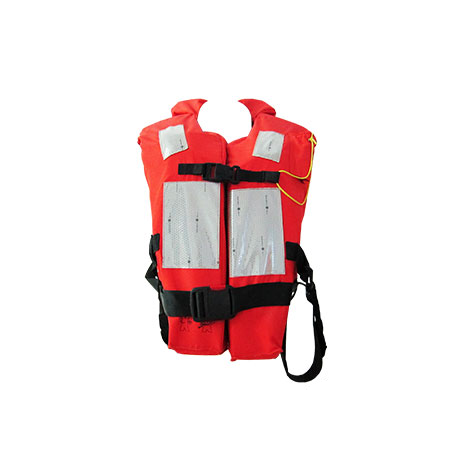
Here are some key facts about American safety products and their relevance in the UAE:
Regulatory Standards: American safety products adhere to rigorous standards set by agencies like OSHA (Occupational Safety and Health Administration) and NFPA (National Fire Protection Association). These standards ensure that products meet high-quality benchmarks in safety and performance.
Diverse Range: American safety products encompass a wide range of categories, including personal protective equipment (PPE), industrial safety gear, fire safety equipment, environmental protection tools, and more. Each category is designed to address specific workplace hazards effectively.
Innovation and Technology: American safety products often integrate advanced technologies and innovations to enhance safety outcomes. This includes wearable safety devices, smart PPE with monitoring capabilities, and ergonomic designs that prioritize user comfort and efficiency.
Compliance and Certification: Suppliers of American safety products in the UAE typically ensure compliance with international safety standards and regulations. Products are often certified by recognized bodies like UL (Underwriters Laboratories) or ANSI (American National Standards Institute) to meet global safety requirements.
Market Presence: American safety products have a strong presence in the UAE market, catering to diverse industries such as construction, oil and gas, manufacturing, healthcare, hospitality, and more. This presence underscores their reliability and effectiveness in addressing local safety challenges.
Supplier Networks: Many American safety product suppliers have established distribution networks in the UAE, providing timely access to a wide range of safety equipment and solutions. These networks ensure availability and support for local businesses and organizations.
Training and Support: Suppliers often offer training programs and technical support to ensure proper use, maintenance, and compliance with safety regulations. This helps organizations in the UAE implement effective safety practices and protect their workforce.
Understanding these key facts helps businesses and organizations in the UAE make informed decisions when sourcing and implementing American safety products to enhance workplace safety standards and compliance.

